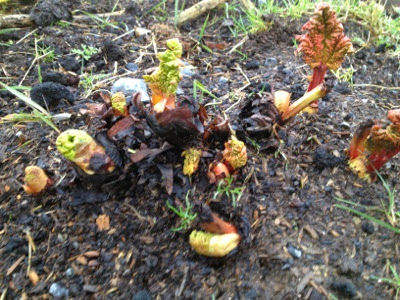We have been busy sorting out wood piles. Some fresh cut timber needs stacking to season and some seasoned timber needs to be brought into the wood/turf shed to dry out and be split.
We have about twenty trees that will be cut back or felled in the coming weeks if the weather improves.
We have planted 270 willow cuttings recently and these will replace any trees that are felled. Trees are like crops, they should be harvested when they mature. Our trees are very mature at about forty feet tall and we worry about the next storm knocking them and all the damage that might bring.
It was a nice sunny spring day today. The dogs enjoyed sunbathing and our new pony 'max' has settled in. We brought him home on Saturday and our little Shetland went to a new home on Sunday. He was not quiet enough for the children or for my nerves.
This pony is much gentler and quieter. I expect he should stay with us about eight years, by then the children will have outgrown him.
He is eligible to compete at 128cm showjumping with our eldest boy next year.
We are cow shopping at the moment. So hopefully we will have news on that front soon.

















